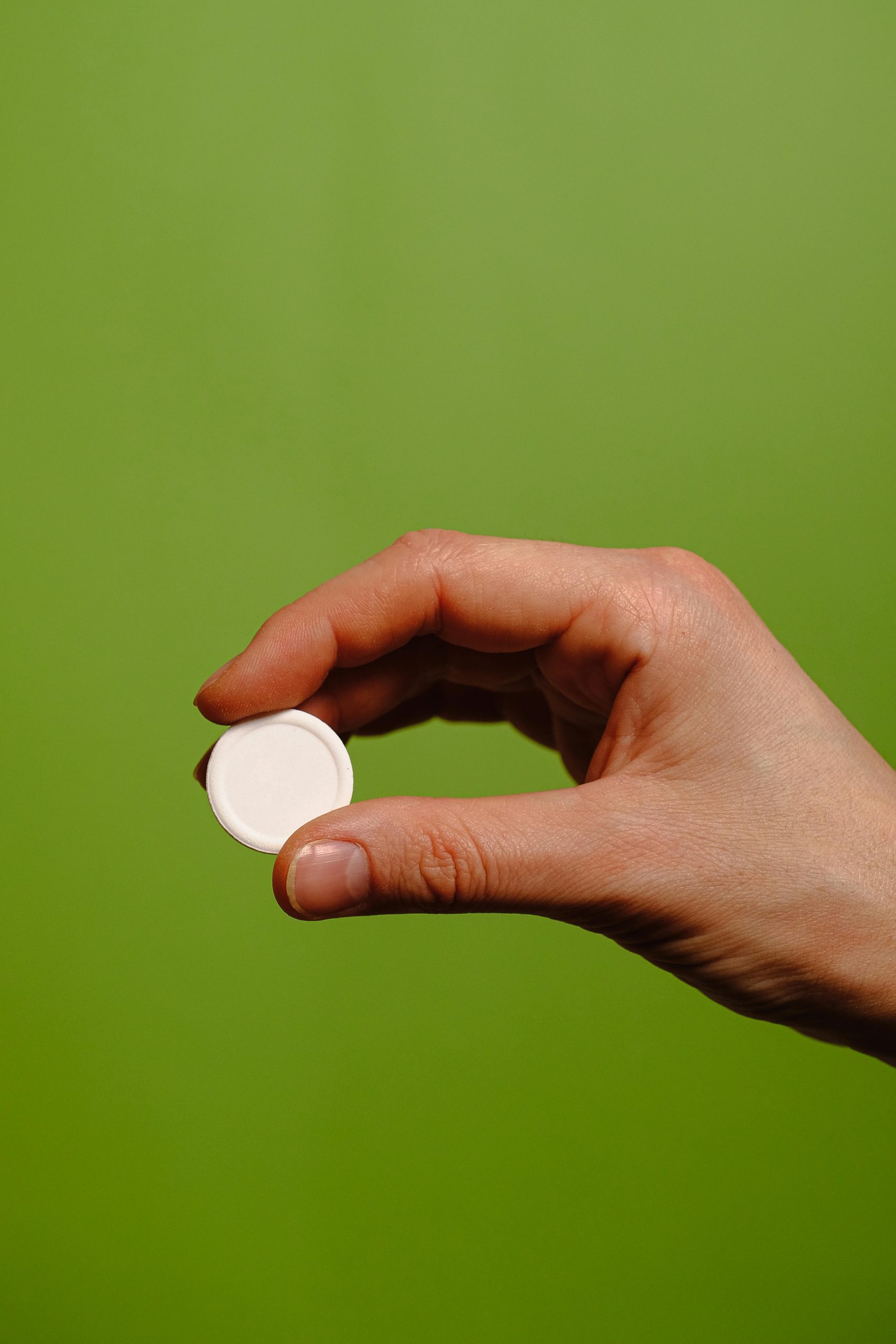Was That a Pop? Understanding Chip Damage and Its Implications
Recently, I experienced a peculiar moment when I heard an unexpected popping sound. This led me to wonder whether it was a chip that sustained damage. If you’ve ever found yourself in a similar situation, you might be curious about what to do next and what implications stem from such an incident.
First and foremost, identifying whether a chip is damaged can be challenging. These components often serve critical functions in various devices, from computers to home appliances. If you suspect that a specific chip may be compromised, it’s essential to determine its role within the device.
Questions regarding its function and potential impact on overall performance are valid. Understanding what the chip does not only aids in assessing the extent of the damage but also helps in deciding whether repairs or replacements are necessary.
If you’ve faced a similar situation, sharing insights or seeking advice from others can be invaluable. Communities like this are filled with knowledgeable individuals who can provide guidance based on their experiences. Whether it is identifying the chip’s role or offering potential solutions, engaging in discussions can lead to a clearer path forward.
In conclusion, if you hear an unusual noise from your device, take a moment to evaluate the components involved. Your observations could lead to timely interventions, helping to prolong the lifespan of your technology. Have you encountered similar experiences? Feel free to share in the comments below!
Share this content:




Hello,
If you’ve heard a popping sound and suspect that a chip may be damaged, it’s important to proceed with caution. First, visually inspect the device for any obvious signs of damage such as burnt or swollen components. If possible, identify which chip was involved by checking your device’s schematic or service manual.
To determine if a specific chip is damaged, you can use a multimeter to check for shorts or discontinuities across the chip’s pins. In some cases, a more advanced diagnostic method such as an oscilloscope can help verify proper operation.
If the chip is integrated into a circuit board, consider carefully removing and testing it externally, if feasible. Remember to disconnect power before attempting any inspections or repairs to avoid further damage or injury.
If you’re unsure about the chip’s role or how to test it, providing the exact model or part number can help us guide you more effectively. Additionally, if the chip appears physically damaged, replacing it may be necessary. Consulting the device’s schematic or manufacturer’s documentation can help identify the chip’s purpose and implications of its failure.
Finally, if you’re not comfortable performing these diagnostics yourself, it’s highly recommended to consult with a professional technician. They can perform more comprehensive tests and ensure proper repair procedures, saving you time and preventing additional issues.
Feel free to share more details or pictures of the damaged area for more targeted advice.